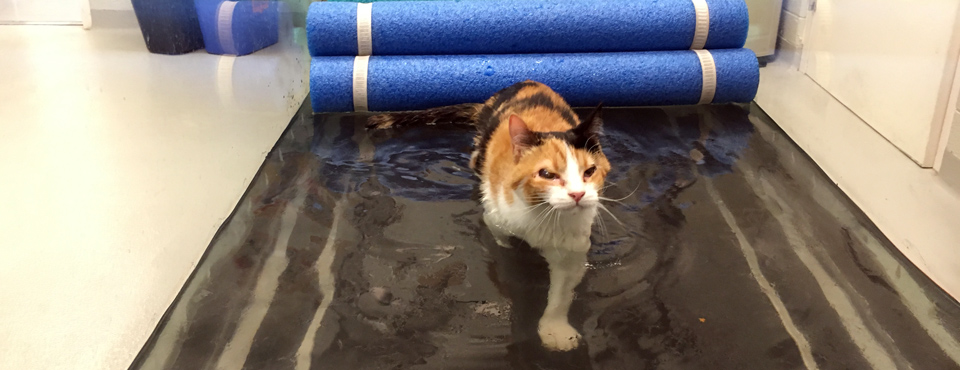


#Personal construct therapy goal how to#
Over time, you’ll learn how to recognize other potential beliefs (B) about adverse events (A). Your therapist will then help you reevaluate these beliefs. They’ll focus on your behavioral or emotional responses and the automatic beliefs that might be behind them. When using the ABC model, your therapist helps you explore the connection between B and C. That’s because CBT focuses on changing beliefs (B) in order to create more positive consequences (C). Additionally, B is considered to be the most important component. The main resources you will need to achieve your goals are time, money, people, and technology. Then, identify the resources you need to complete each step of the plan.

Not all goals require a defined budget, but many do. Consequences, which includes your behavioral or emotional response. Define Your Budget and Identify Resources. It involves both obvious and underlying thoughts about situations, yourself, and others. Its name refers to the components of the model.

Albert Ellis, a psychologist and researcher.
#Personal construct therapy goal professional#
Congruence, which means therapists carry no air of authority or professional superiority but, instead, present a true and accessible self that clients can see is honest and transparent.The ABC model was created by Dr.Empathetic understanding, which means therapists completely understand and accept their clients’ thoughts and feelings.Unconditional positive regard, which means therapists must be empathetic and non-judgmental to convey their feelings of understanding, trust, and confidence that encourage their clients to make their own decisions and choices.The success of person-centered therapy relies on three conditions: Person-centered therapy was a movement away from the therapist’s traditional role-as an expert and leader-toward a process that allows clients to use their own understanding of their experiences as a platform for healing. Rogers believed that all of us have the power to find the best solutions for ourselves and make appropriate changes in our lives. Personal hygiene which is also referred to as personal care includes all of the following: Bathing and Showering Hair care Nail care Foot care Genital care Dental care Personal hygiene is keeping the body clean, and helps prevent the spread of germs. Person-centered therapy, also known as Rogerian therapy, originated in the work of the American psychologist, Carl Rogers, who believed that everyone is different and, therefore, everyone’s view of his or her own world, and ability to manage it, should be trusted. The most important aspect of maintaining good health is good personal hygiene.


 0 kommentar(er)
0 kommentar(er)
